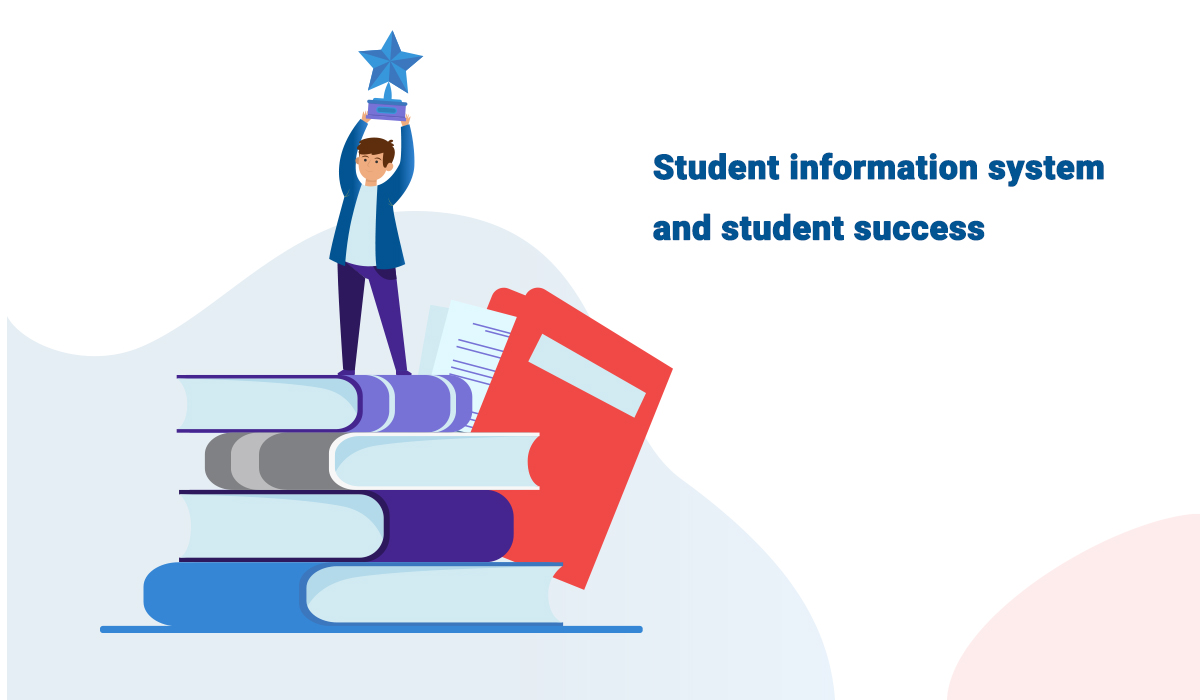Introduction
Efficient management of student data is vital for educational institutions to operate smoothly and effectively. With the advent of Student Information Systems (SIS) or Student Information Management System (SIM), schools can streamline their student data management processes and enhance overall efficiency. In this article, we will explore how an integrated SIS can revolutionize student data management and optimize administrative workflows.
The Role of an Integrated SIS
An integrated SIS serves as a comprehensive solution for managing student data, streamlining administrative tasks, and enhancing operational efficiency. Let’s delve into the key benefits of implementing an integrated SIS:
Centralized Student Data Storage
An integrated SIS offers a centralized repository for storing and managing student data. This eliminates the need for multiple disparate systems or manual paper-based records. Administrators, teachers, and staff can access accurate and up-to-date student information from a single platform, ensuring data integrity and reducing the risk of errors or duplications.
Streamlined Administrative Processes
With an integrated SIS, schools can streamline various administrative processes, such as enrollment, scheduling, grading, and reporting. These systems automate routine tasks, reducing manual effort and minimizing the chances of errors. By digitizing administrative workflows, institutions can allocate their resources more efficiently, optimize staff productivity, and focus on providing quality education and support to students.
Real-Time Data Access
An integrated SIS provides real-time access to student data, empowering educators and administrators with up-to-date information. This enables timely decision making and responsiveness to students’ needs. Whether it’s tracking attendance, monitoring academic progress, or accessing health records, having real-time data at their fingertips allows educators to address issues promptly, implement interventions, and provide timely support.
Efficient Communication and Collaboration
An integrated SIS enhances communication and collaboration among stakeholders, including teachers, administrators, parents, and students. Through the system, teachers can easily share updates, announcements, and assignments with students and parents. Parents can access their child’s academic records, communicate with teachers, and stay engaged in their child’s education. This seamless communication and collaboration foster stronger school-home partnerships, enhancing student support and success.
Accurate Reporting and Analytics
An integrated SIS offers robust reporting and analytics capabilities. Administrators can generate a variety of reports, such as attendance reports, grade reports, or demographic reports, with just a few clicks. These reports provide valuable insights into student performance, behavior, and trends, enabling administrators to make data-informed decisions and evaluate the effectiveness of educational programs and initiatives.
Enhanced Data Security and Privacy
Implementing an integrated SIS enhances data security and privacy. These systems have built-in security features, including role-based access controls, data encryption, and secure storage practices. Confidential student information remains protected from unauthorized access or breaches. Adhering to data protection regulations, such as the Family Educational Rights and Privacy Act (FERPA) in the United States, ensures compliance and safeguards the privacy of student data.
Conclusion
Implementing an integrated sis Student Information System (SIS) revolutionizes student data management and administrative workflows. By offering centralized data storage, streamlining administrative processes, providing real-time data access, facilitating efficient communication and collaboration, enabling accurate reporting and analytics, and enhancing data security and privacy, an integrated SIS optimizes operational efficiency in educational institutions. Embracing the power of technology and leveraging an integrated SIS enables schools to focus on student success, enhance administrative productivity, and improve overall educational outcomes. Streamlining student data management with an integrated SIS is a transformative step towards creating a more efficient and effective educational environment for both students and staff.
More Read On: Spero Magazine




